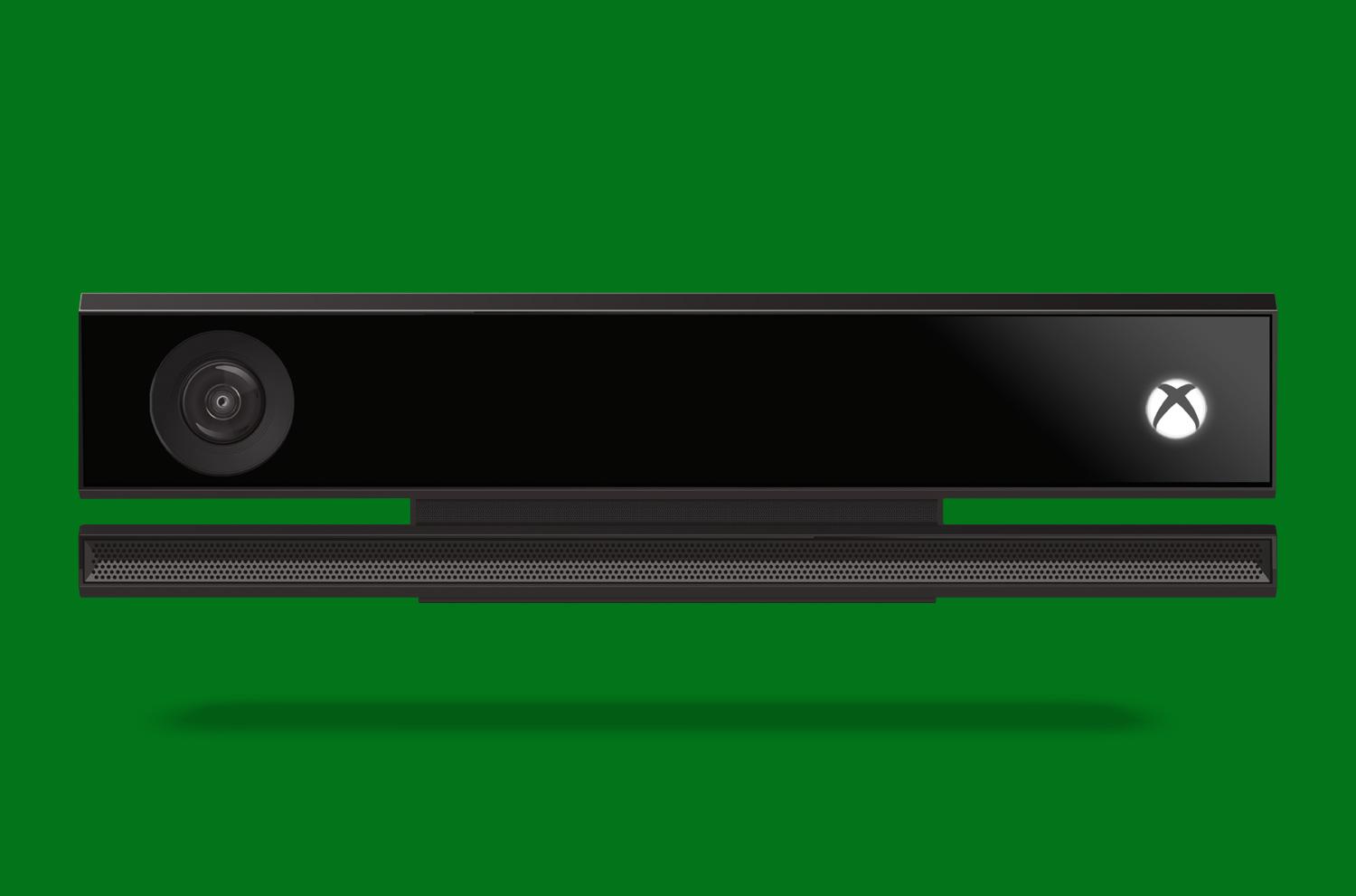We all knew this day was coming, as it’d been written in stone for quite some time. Hell, it’s actually surprising that it took this long to happen. Alas, it has, as Microsoft has officially ceased manufacturing its Kinect 2.0 motion tracking and voice recognition peripheral, thus ending its life and leaving it for ‘dead.’
Kinect began life back on the Xbox 360, and created quite the stir when it was revealed. Of course, as is well known and documented, what was shown wasn’t exactly true to form, and the peripheral disappointed as a result. With limited features and no real support for what was seen during said demonstration, buzz eventually lessened. Gamers also became frustrated by how basic and often frustrating the sensor’s motion-based games were to play, which didn’t help things at all.
With Kinect 2.0, Microsoft promised bigger and better things, and was confident enough to include the thing with launch Xbox Ones as part of a bundle. It was, however, doomed from the start, as little was done to rectify the mistakes of yesteryear. Sure, the camera and voice recognition components were improved upon, but the games that they ended up supporting hardly were. Microsoft also failed to really take the next step with the thing, and left it for dead. Hell, even last year’s Xbox One S redesign failed to incorporate a Kinect port, forcing those with interest to request an adapter or purchase one themselves.
Parts of the Kinect will live on at Microsoft, as the company continues to use v4/v5 to help fuel its Hololens devices. However, it has recently opened a new capture studio for VR content, which suggests that it’s set its sights on that technology and won’t be looking back.
Kinect is dead. Long live Kinect.

